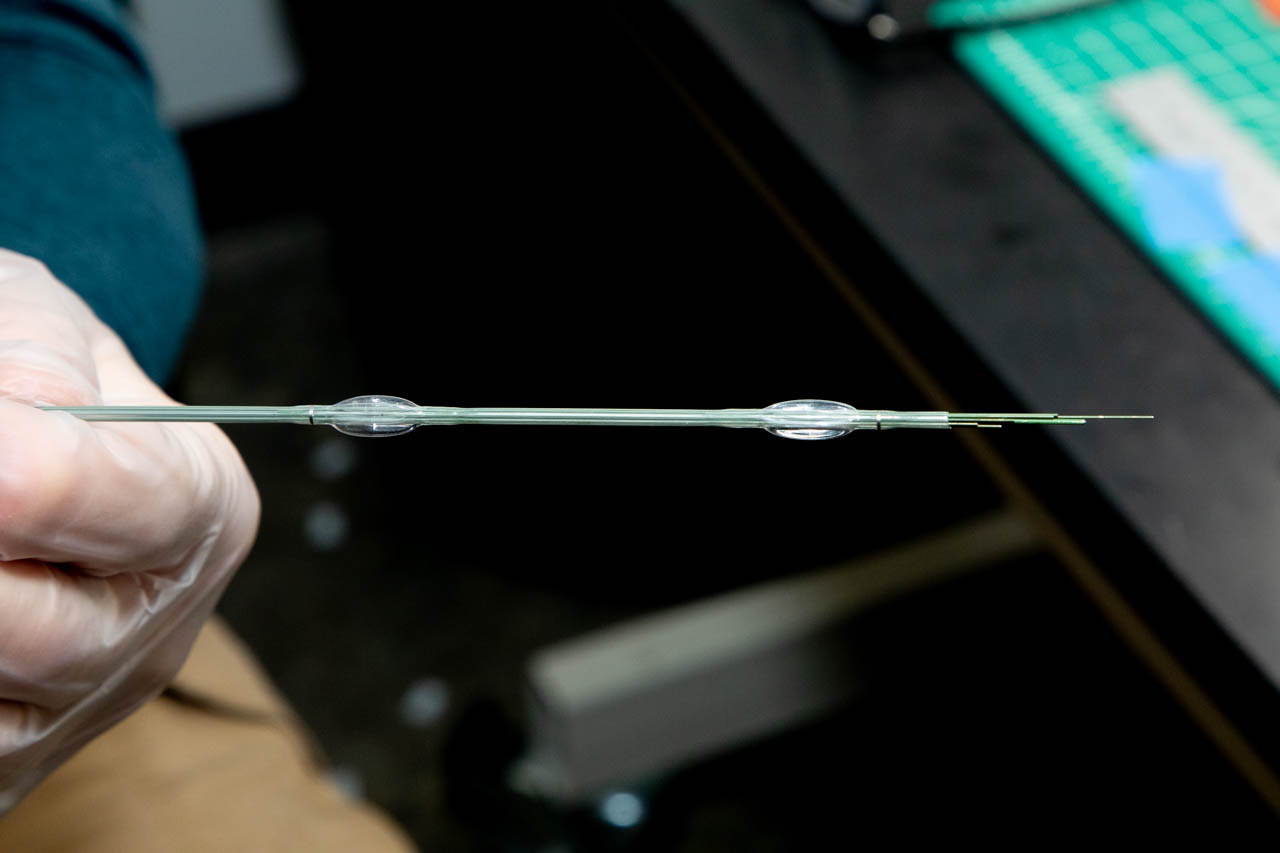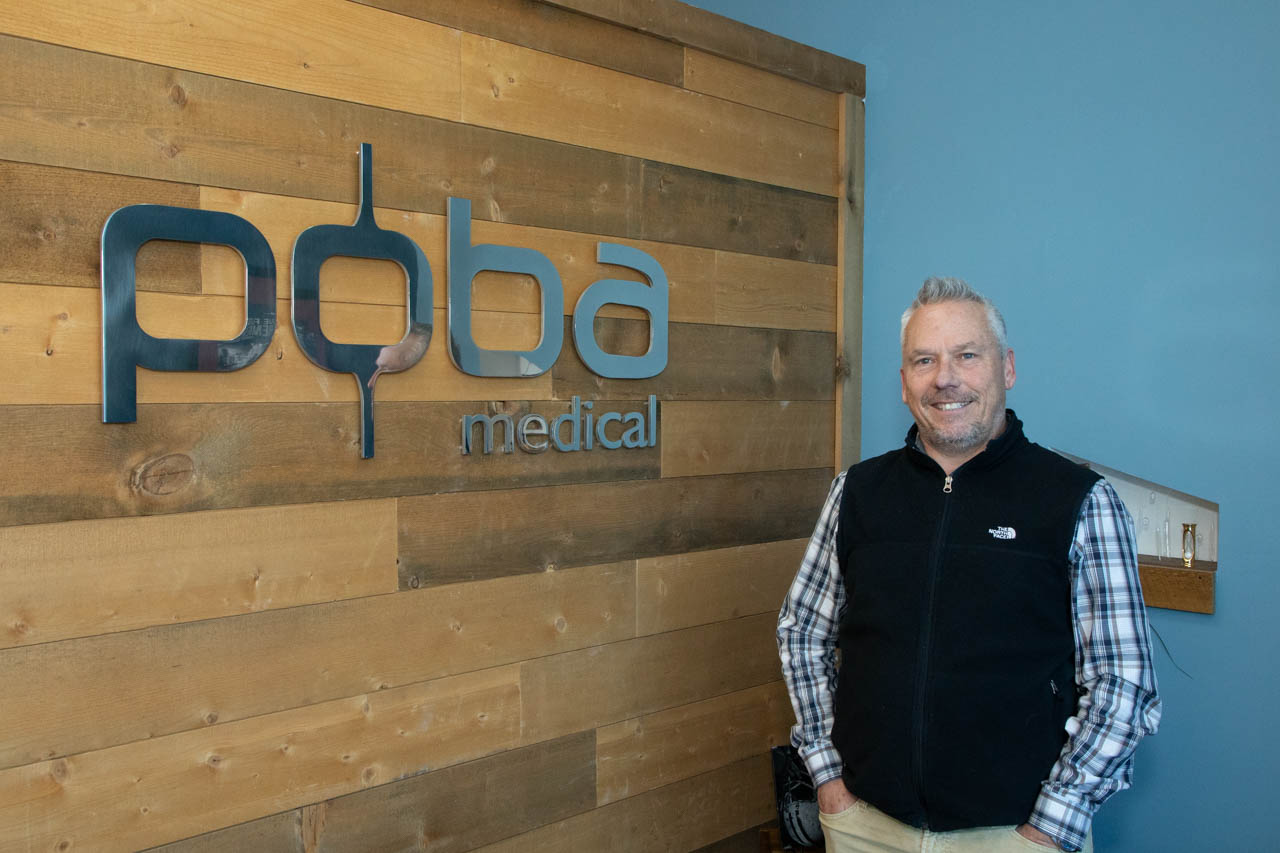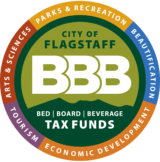The Business of Growing New Ideas
When Dan Kasprzyk chose the name “POBA” (short for “plain old balloon angioplasty”), he was paying homage to a medical inside joke about how common balloon-based cardiological procedures had become by the early ‘80s. In reality the work done by POBA Medical in Flagstaff is neither “plain” nor “old.”
Working with Inventors
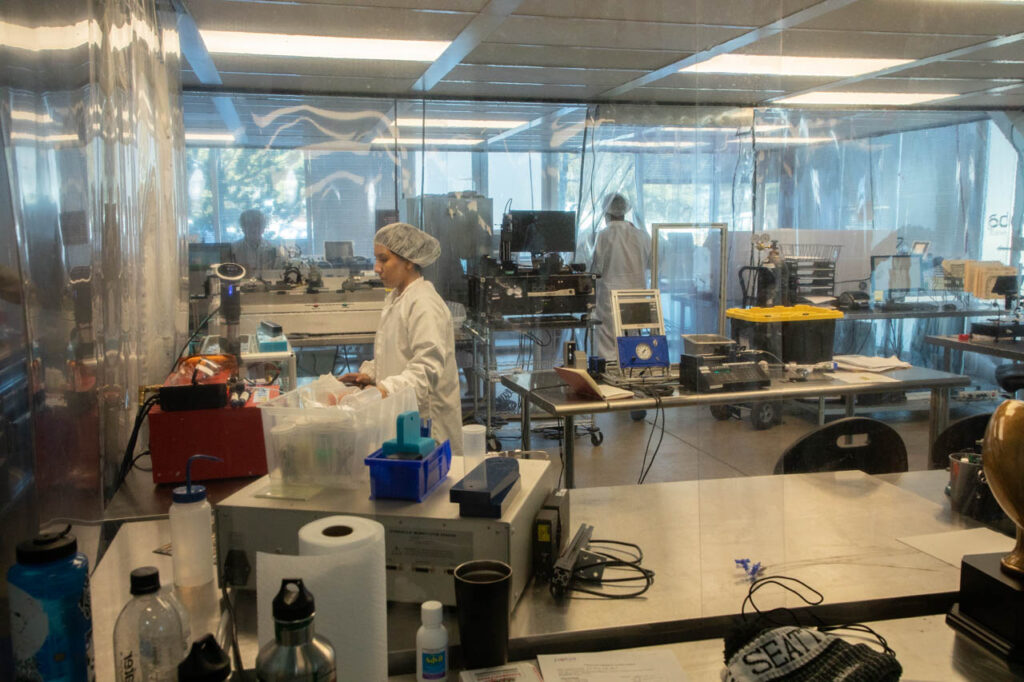 At its most basic level, POBA is a manufacturer of balloons used in interventional or surgical devices. Balloons of this type may be used to administer mechanical therapies (such as breaking up plaque in an artery) or to deliver components such as a stent or a drug. According to Kasprzyk, “It’s really a wide, wide range of uses: ablation; energy delivery; aneurysmal repair; ear, nose, and throat applications, women’s health…” Balloons can even be used in fields such as orthopedics where they might serve to hold something in place or prop something up during a procedure like a knee replacement.
At its most basic level, POBA is a manufacturer of balloons used in interventional or surgical devices. Balloons of this type may be used to administer mechanical therapies (such as breaking up plaque in an artery) or to deliver components such as a stent or a drug. According to Kasprzyk, “It’s really a wide, wide range of uses: ablation; energy delivery; aneurysmal repair; ear, nose, and throat applications, women’s health…” Balloons can even be used in fields such as orthopedics where they might serve to hold something in place or prop something up during a procedure like a knee replacement.
While POBA does sell balloons in a variety of sizes, shapes, materials, and capabilities through an online medical component marketplace called Chamfr, these sales mostly function as a lead generator, helping the business find potential clients. POBA’s real work involves collaborating directly with early stage clinicians and inventors to help them develop working prototypes for new balloon technologies. As Kasprzyk puts it, “We’re really looking at helping those early stage ideas work their way through the approval process in some cases, or in other cases just work their way through the prototyping and the design process.”
The POBA team communicates directly with clients to work out what they are trying to accomplish and then builds components to meet those specific needs. “We’ll do anything from nylon balloons to polyurethane balloons, exotic materials, exotic shapes—really just listen to what our customers are looking to achieve with the balloon performance and then be able to help them identify the right material or the right path for their invention,” Kasprzyk explains.
“Cradle to Grave” Partnerships
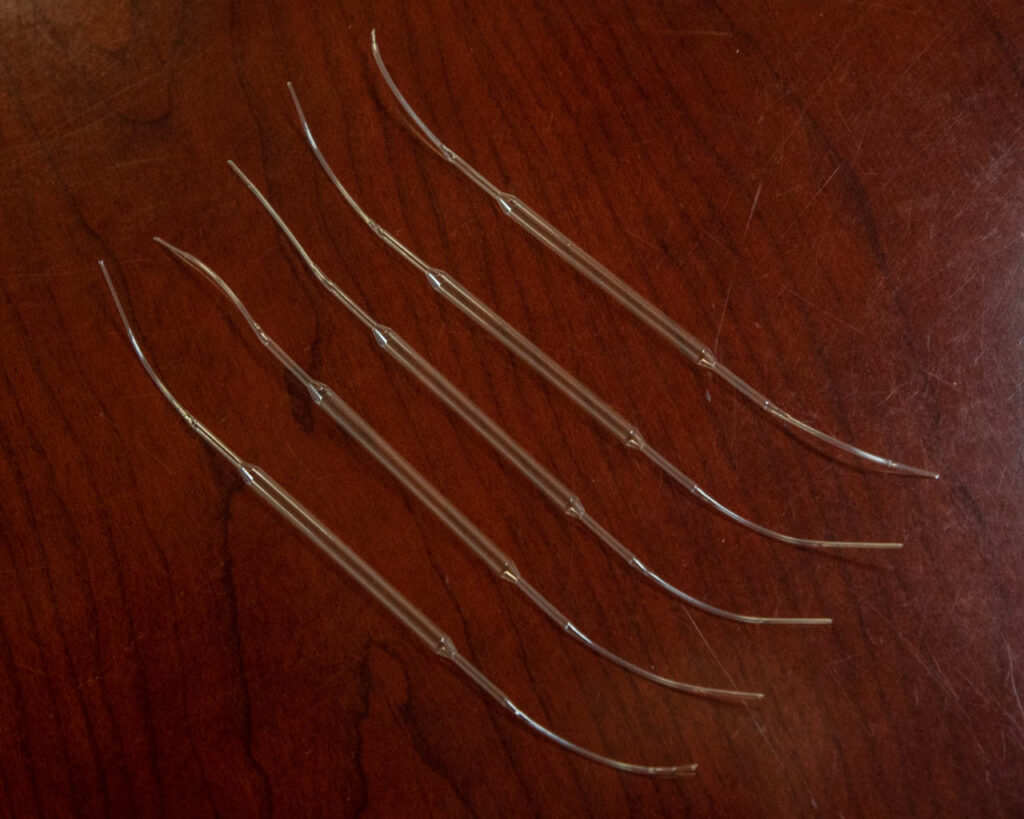 The ultimate goal here is to establish partnerships with customers early in their invention process and then maintain that relationship throughout a product’s development, eventually becoming part of its supply chain if it makes it all the way to the commercial market. If successful, this might mean POBA goes from selling five balloons for prototyping through the online marketplace to producing 50,000 annually when an item reaches full production.
The ultimate goal here is to establish partnerships with customers early in their invention process and then maintain that relationship throughout a product’s development, eventually becoming part of its supply chain if it makes it all the way to the commercial market. If successful, this might mean POBA goes from selling five balloons for prototyping through the online marketplace to producing 50,000 annually when an item reaches full production.
The team’s goal is one production conversion per year. POBA’s conference room features a wall-to-wall, floor-to-ceiling white board covered in the names of potential targets—all customers the company has done some work for. Out of all those names, one per year “feels really easy and doable,” claims Kasprzyk, “but it’s not. It’s really hard.” Because POBA is strictly a component manufacturer, regulatory compliance falls on its customers rather than on the business itself, but a customer’s ability to successfully navigate that process can determine whether a production conversion takes place or not.
Despite the challenges, Kasprzyk counts their production conversions at three or four in their first five years (depending upon how loosely one defines “conversion”), putting the team just slightly behind their goal. Kasprzyk also notes that when determining whom to work with, the team tries not to pick customers based on which projects they think will be most successful:
“I’ve been in the industry for long enough to know that the ones you think are winners are gonna be losers, and the opposite is always true. Some of the craziest ideas that we’ve come across, that we think could never produce, are the ones that are probably gonna have a successful market launch and a successful exit at some point.”
Starting Up
For his own work, Kasprzyk describes himself as “definitely more of a startup person” than someone suited to working in a big company. He’s had experience in both environments, having originally moved to Flagstaff to work for W.L.Gore and then later starting Machine Solutions and building the business until it had about 100 employees.
Kasprzyk’s experience building Machine Solutions made him confident he could find the necessary engineering talent he would need to make POBA a success, even after the engineer with whom he originally conceptualized the company had to leave the project. That lost expertise was made up for with interns from NAU who were “able to learn enough of the trade secrets and the secret sauce on blow molding and designing balloons and catheters.” Even today, POBA’s workforce relies strongly on interns from NAU and other colleges.
When it was time to find POBA a place to really get started, Kasprzyk was introduced to an incubator program in Flagstaff that he had never heard of before called NACET (now Moonshot). Through this program, Kasprzyk was able to get affordable access to a great facility, training programs, and a community of others who were also on the startup path.
“We had a clean room, we had office space, we shared it with like-minded individuals… I didn’t really know how to put a lot of value on what that meant, but I think… everybody that’s here that was up at the incubator, I’m sure they would tell you that just that environment—being around like-minded individuals struggling to make it and start a company—that’s a real positive, because if you’ve got a gluten free cookie or you’ve got a balloon, you have the same challenges. You really do.”
According to Kasprzyk, the Moonshot incubator program is a huge asset to Flagstaff, and especially to entrepreneurs who are still determining if their business models are sustainable. As for POBA, Kasprzyk “never had any doubt” that it was a viable business. So far, he’s been proven right. After two years with the incubator program, POBA had an opportunity to move into a bigger space with more room for growth in a building near the airport. The team is in the process of setting up a second clean room there and hiring additional employees to help handle their increased workload.
Falling for Flagstaff
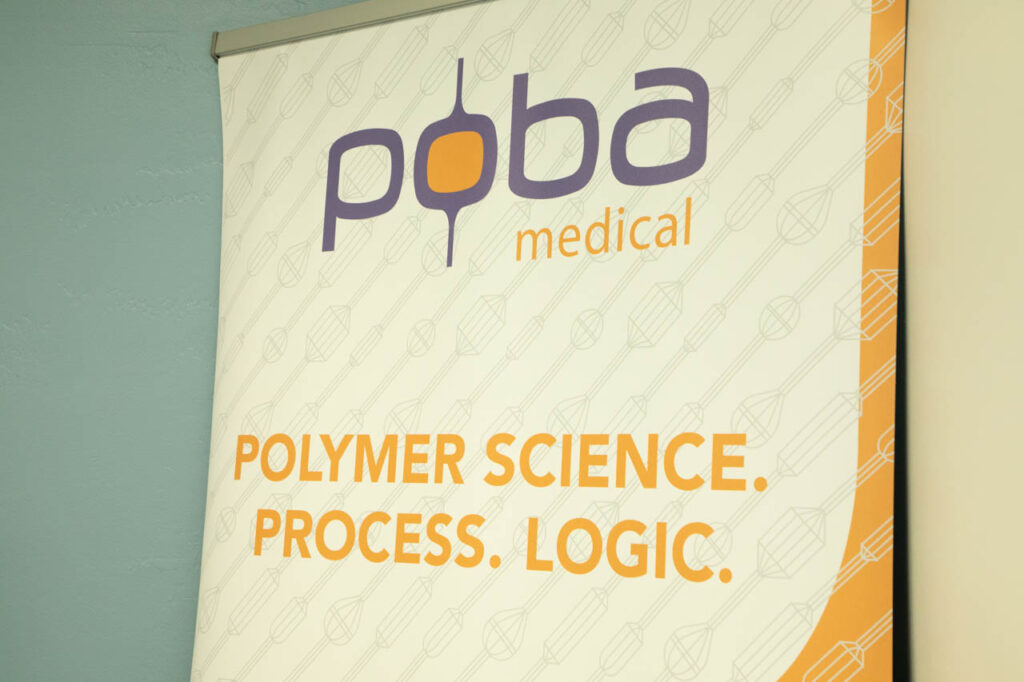 “I fell in love with Flagstaff the day I got off the plane for my interview at Gore,” Kasprzyk confides. Even though he had gone to college at ASU, he didn’t think at the time there was any reason to venture north. When he arrived for his interview he recalls, “It was an August day, and it happened to be right after a monsoon, and the ground was still wet… It was just like that instantaneous sensory event.” Before he even interviewed, Kasprzyk was anxious to get the job.
“I fell in love with Flagstaff the day I got off the plane for my interview at Gore,” Kasprzyk confides. Even though he had gone to college at ASU, he didn’t think at the time there was any reason to venture north. When he arrived for his interview he recalls, “It was an August day, and it happened to be right after a monsoon, and the ground was still wet… It was just like that instantaneous sensory event.” Before he even interviewed, Kasprzyk was anxious to get the job.
There are challenges to building a business in Flagstaff, cost—particularly of real estate—being one of them, but Kasprzyk compares it to the costs of living in other tech-heavy parts of the country like the Bay Area. He advises finding a place that you can “enjoy where you live from the environment standpoint and what it brings you.”
“If you want the big city—you want San Francisco, New York, Boston, L.A.—I mean Flagstaff’s not it. If you like to ride your mountain bike and run and hike and ski on powder days, then come to Flagstaff. It’s a great spot, and I’m really glad I discovered it.”
Advice for Flagstaff Business Owners
Kasprzyk asks potential entrepreneurs, “What’s burning inside your gut?” According to him, “People that have ideas that can’t sleep at night and know they don’t want to work for the big company will find a way to pursue their dreams.” His recommendation: “Just do it. If you think too much about it, you can talk yourself out of it.”
Kasprzyk also suggests checking out Moonshot’s programs. He believes if they are right for your business, they allow you to “really flush out your business model. And once you’ve done that, and you can show that you have a profitable path, then I think the sky is the limit.”


